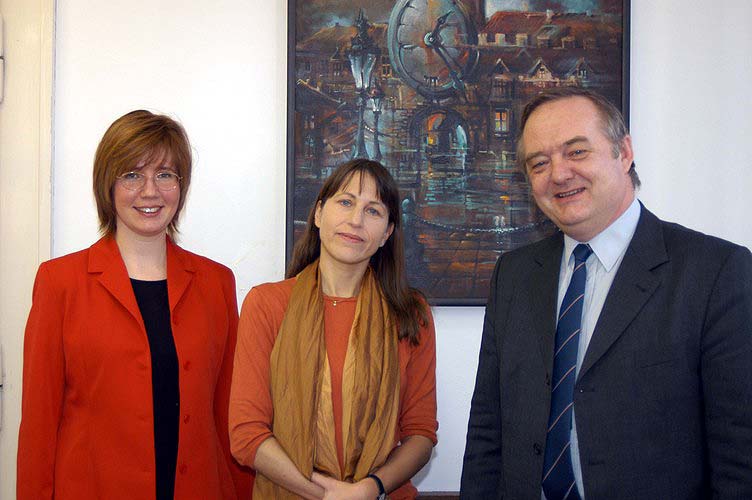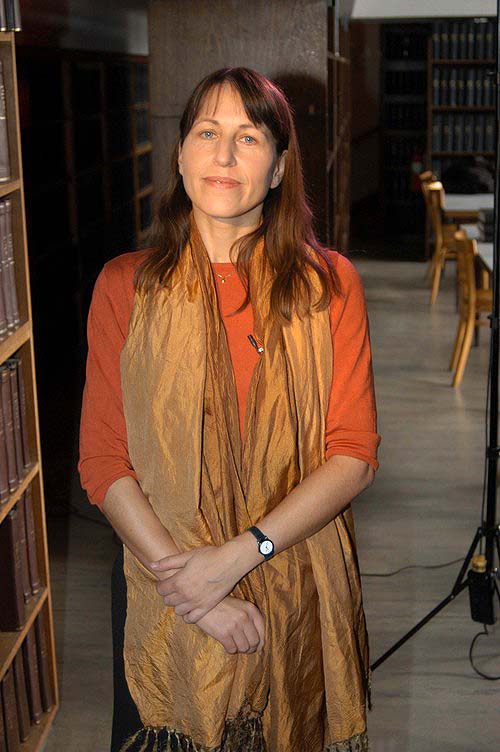
Dr. Barbara Müller (Universitätsklinikum Heidelberg, Germany)
Multicoloured HIV-1 particles to study virus-cell interactions
Abstract
Introduction of a label which can be detected in living cells opens new possibilities for direct analysis of dynamic processes in virus replication, like the transport and assembly of structural proteins. Labelling of the main structural polyprotein of HIV-1, Gag, by attaching a GFP domain to its C-terminus has been described. However, due to the arrangement of open reading frames in HIV, this modified gene can not be introduced into the viral context and thus Gag trafficking can only be observed in the absence of all other viral components. With the aim of generating a tool to study HIV-1 structural protein trafficking and virus-host cell interactions in an authentic setting, we have constructed and characterized infectious HIV derivatives carrying a label within the gag ORF. In initial experiments, we could show that a short epitope tag can be inserted within Gag without affecting viral replication. Based on these results, we constructed HIV derivatives carrying the considerably larger egfp gene at the analogous position. This resulted in expression of a stable Gag.EGFP fusion protein in the complete viral context. Although the insertion of the EGFP domain represents a substantial change of the Gag molecule, particles containing normal viral protein composition were released from transfected cells. Gag.EGFP was efficiently processed by the viral protease yielding the expected products. Furthermore, particles of wild-type morphology were observed by thin-section EM. The modified virus was even found to be infectious, albeit with reduced relative infectivity. By preparing mixed particles containing equimolar amounts of Gag.EGFP and Gag, we were able to obtain highly fluorescently labelled virion preparations which displayed normal morphology and full wild-type infectivity. Combining the modification in Gag with a fluorescent label on the internal viral protein Vpr and using EGFP derivatives with different spectral properties, dual-colored particles can be generated. We are using these particles to monitor the interaction of HIV-1 with a live cell in real time using single virus tracing and confocal microscopy. In addition, we are investigating the dynamics of Gag trafficking in virus producing cells.







